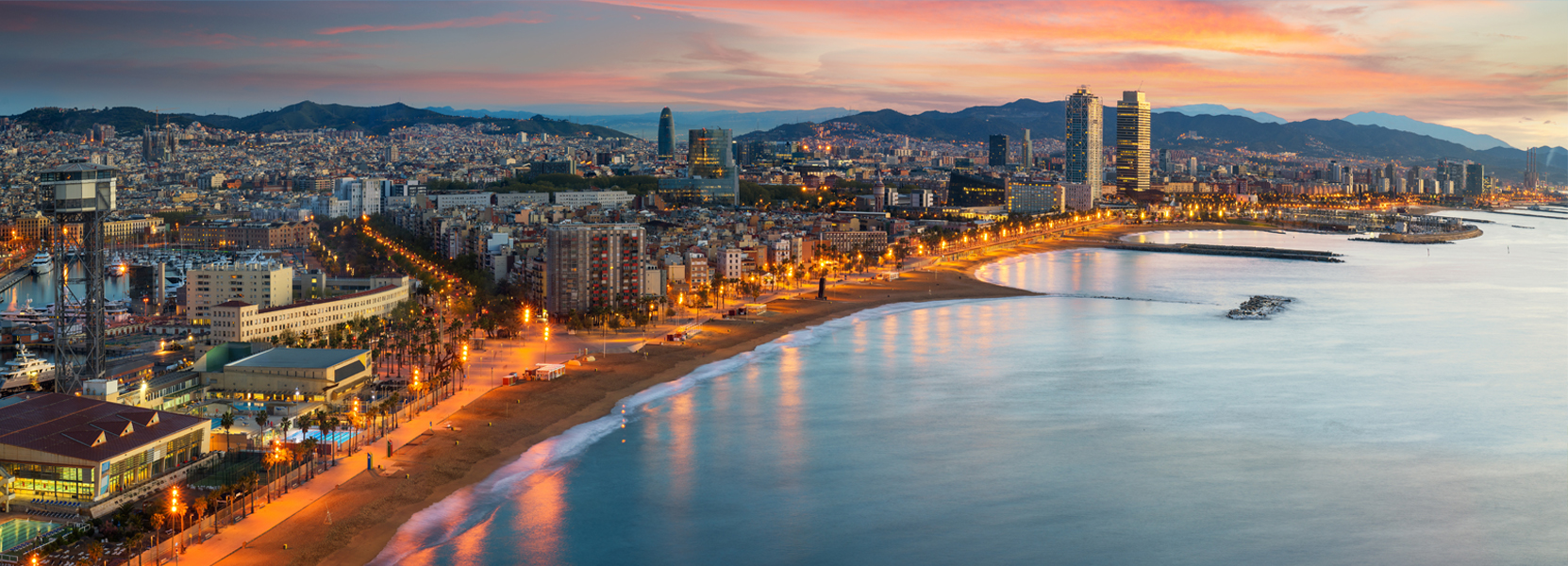
IS18 - Particle-Based Methods for Natural Hazards Simulation
The last decades have seen a significant increase in extreme and multi-hazard natural events. According to climate change prediction, this trend is likely to accelerate in the coming years. Large part of these hazards are driven by hydrological processes, such as floods, mudslides, landslides, snow avalanches and tsunamis. The huge costs associated with these natural disasters, in terms of casualties and damages, call for the enhancement of the current forecasting and hazard assessment technologies as well as resilient mitigation measures.
Recent developments and improvements of numerical methods and the increase in computing power encourage the application of computational tools for the simulation of natural hazards. In particular, Particle-Based methods can contribute substantially to improve our knowledge of these natural events. Indeed, Particle-Based methods, such as the Smoothed-Particle Hydrodynamics (SPH), the Discrete Element Method (DEM), the Material Point Method (MPM), and the Particle Finite Element Method (PFEM), can naturally deal with the extreme changes of geometry associated to these natural events. Furthermore, the good CPU or GPU parallelization of some of these methods make them suitable for 3D large-scale simulations.
The objective of this thematic session is to present and discuss the latest advances in the numerical simulation of the initiation and dynamics of natural hazards. From a wider perspective, the event aims to bring together experts in the field to feed the debate on this urgent topic.
Although this thematic session is mainly focused on hydrological hazards, the application of Particle-Based methods to other type of natural events, such as geological and meteorological phenomena, will be also welcome. In particular, all those numerical methods analyzing multi-hazard events (e.g. landslides triggered by earthquakes or tsunami-wave generated by landslides) will be appreciated. To account also for the possible interaction with civil constructions, contributions in the framework of fluid-structure or fluid-soil-structure interactions will be also appreciated.

